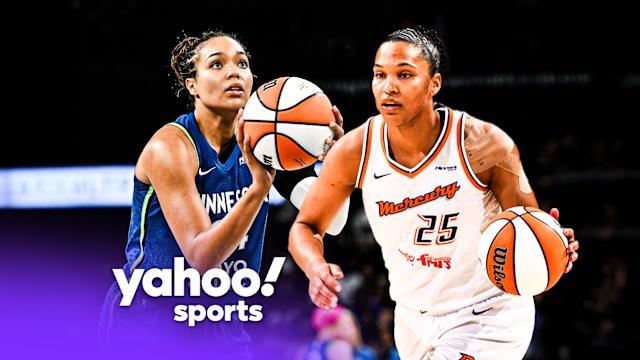
The decisions codified in the new WNBA collective bargaining agreement will have an impact beyond the league’s walls, and other stakeholders are paying attention.
Athletes Unlimited Pro Basketball and Unrivaled, the two domestic WNBA offseason leagues, operate on a certain level of harmony with the WNBA since the player pool overlaps. Unrivaled co-founders Breanna Stewart and Napheesa Collier said they were in communication with WNBA Commissioner Cathy Engelbert early in the process of launching their league. Engelbert toured Unrivaled’s Miami facility and attended games in February.
The WNBA offered the majority of AU Pro Basketball games on its WNBA App for a third consecutive season last winter to showcase its star talent for fans. Communication and engagement between AU and the WNBA league office have grown over the last three years, AU vice president of basketball Megan Perry said.
“Just like the rest of the landscape, [we continue] to kind of monitor and watch the development and understand the gravity of the negotiations,” Perry told Yahoo Sports. “And how that will shape not only the women's basketball community, but I think the entire women's sports landscape, to be quite honest with you.”
But AU and Unrivaled are operating with a sense of uncertainty until a new CBA is finalized and shared. The deadline is Oct. 31, though the sides have extended it in the past. Unrivaled is slated to tip off its second season in January. Athletes Unlimited Pro Basketball is returning to Nashville for its fifth season in February.
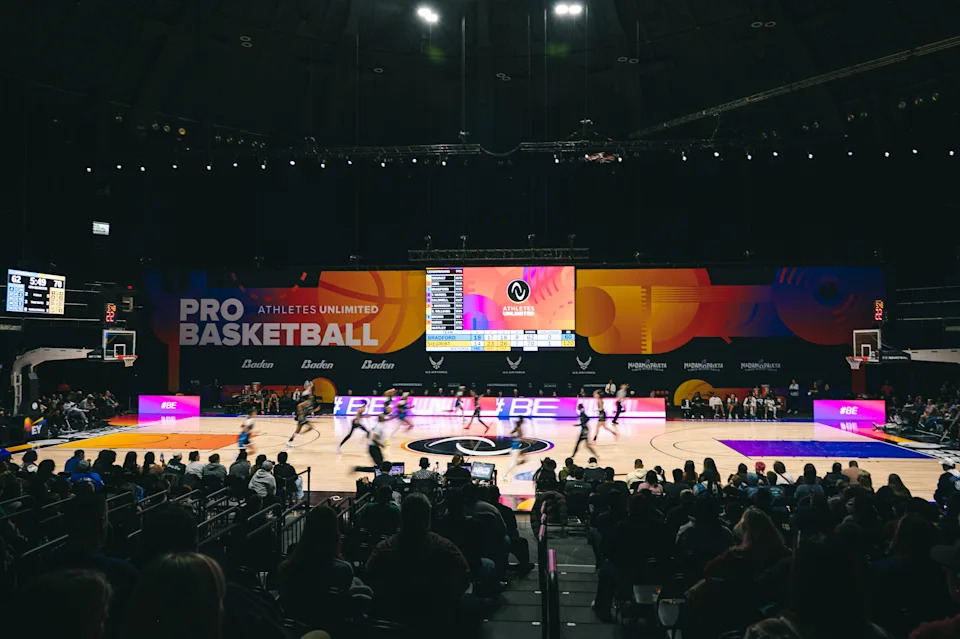
As with past CBAs, the final deal will have a ripple effect on labor standards set throughout the burgeoning women’s sports world. It will also directly influence overseas and domestic women’s basketball leagues that employ WNBA players.
Will higher salaries, the players’ top objective, sway decisions to play elsewhere? Will team ownership outright disallow it? Will the schedule shift to overlap these leagues? There are so many aspects of a labor deal that are bound to have a widespread impact.
How would a potential work stoppage impact AU, Unrivaled?
Should there be a work stoppage in the WNBA, the AU and Unrivaled leagues are already offseason landing spots for players. Those deals, as well as ones with overseas clubs, are being finalized. AU Pro Basketball announced 2026 contracts last month for 10 players, including returnees Alysha Clark (Mystics), NaLyssa Smith (Aces) and newcomers Te-Hina Paopao (Dream) and Jacy Sheldon (Mystics).
Could these teams expand their rosters to add more? If a work stoppage extends into the WNBA season, could domestic leagues extend their schedules to meet the demand from players uncertain if they’ll have a W salary coming?
Perry told Yahoo Sports there is already an "overwhelming demand” of talent looking for a place to play. The majority of the league’s 40-person roster has WNBA experience, though only 16 finished the 2024 season on a WNBA roster. Others are former college stars who have been playing overseas, away from home and out of sight. Over the years, a handful of them have played their way into WNBA opportunities.
“We're going to start with building a really great 2026 season, and if there's an opportunity for us to do more, then I think we're going to take a hard look at that,” Perry told Yahoo Sports. “But I don't have enough information now to be able to say yes or no or what that pivot even looks like, but we are actively preparing to make sure that we can service the ecosystem that deserves.”
Because of how negotiations can change, Perry said it would be "irresponsible to say that we’re going to put a stake in the ground at this point.”
Both sides of the WNBA bargaining table are keen on avoiding a work stoppage. They extended the last CBA deadline and did not come to an agreement until January 2020. But this offseason needs to have a two-team expansion draft (it was held in December last year) and enough time for a vibrant free agency period.
Should the negotiations drag on, players could have options. During the 2004-05 NHL lockout, more than 150 players signed to play in European leagues and negotiated opt-outs in their contracts to return should a deal be made. Some NBA players also went elsewhere in 2011.
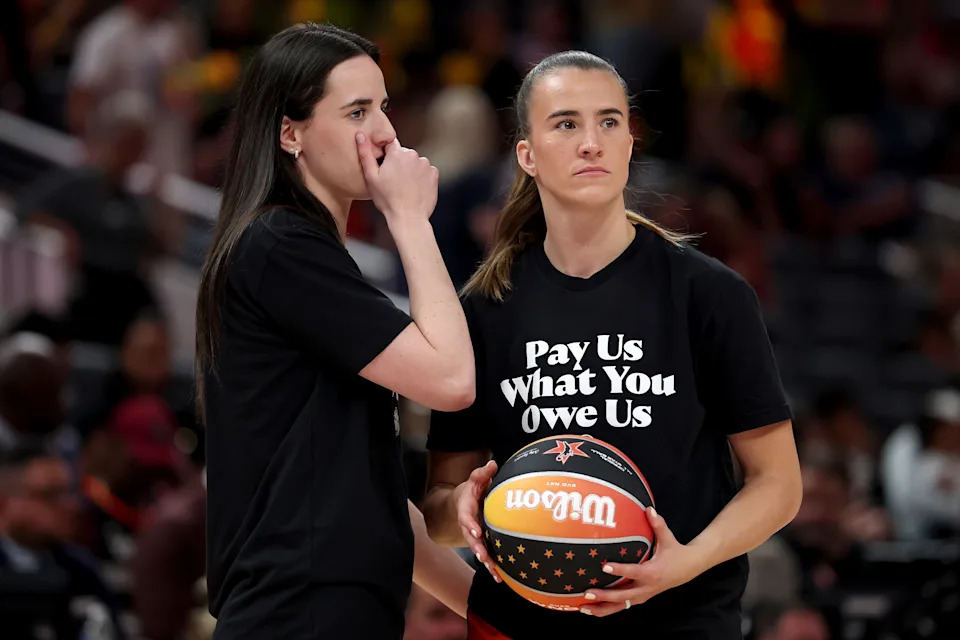
Prioritization’s impact on domestic leagues
Prioritizing the WNBA over other leagues will again play a role in the CBA negotiations, the extent of which will impact every other league in the world.
“It’s very clear that the league wants to push away all other leagues,” Seattle Storm forward Gabby Williams, a French national who plays in the country’s leagues, said at All-Star in Indianapolis last month. “It would make sense if they were paying us more here, but it still isn’t the case, even with the new proposals. And it’s very clear now that they wanna push Unrivaled out, push AU out.”
AU Player Executive Committee member and New York Liberty forward Isabelle Harrison told Yahoo Sports she had heard there “could be a risk” of eliminating WNBA participation in other leagues. The players union’s main issue is the revenue-sharing structure, she said.
“If [pushing leagues out] becomes a bigger issue, obviously I think players will step in from AU and Unrivaled to protect that, because that’s an asset that we created on our own outside of W ownership [and] leadership to have, so we want to keep those programs going,” Harrison said.
AU basketball’s launch in January 2022 came at a perfect time to take advantage of the prioritization clause of the 2020 WNBA CBA. The clause came at the behest of team owners and requires players with three years of experience to arrive on time to training camp. Players often missed camp, and sometimes regular-season games, while finishing up the postseason with their overseas clubs. In 2023, players were fined, and in 2024, those not on time for camp were suspended. (Players are allowed leave for national team commitments and tournaments.)
The mandated arrival time forced scheduling concessions by some overseas leagues and FIBA events to avoid major conflicts. But fewer WNBA players went overseas after Brittney Griner's 2022 Russian imprisonment, which cut off major Russian clubs. Increased marketing deals from major U.S. industries also kept players stateside.
Stewart and Collier announced their plans for Unrivaled in July 2023, and the 3x3 league began play this past January with 36 of the WNBA’s best players. It is focused on domestic playing opportunities as well as player development and training experiences that drew rave reviews. (Unrivaled declined an interview request for this story.)
Complementing the W’s $50-250K salary isn’t the only reason players go elsewhere in their offseason. The short nature of the WNBA season means players want to find ways to stay active and develop over a five-to-six-month period.
“Hopefully, owners understand the importance of AU,” Harrison said. “I know they want to protect assets of players in the offseason, because obviously you’re paying us, but we also have to do something. We can’t just be in the states [dormant].”
A potential G League future
The WNBA appears unwilling to extend the footprint of its May-October season. Over the years, players have called for playing the season in the traditional winter format, though that would create scheduling conflicts with the NBA.
It would also create overlap issues with the domestic leagues, which would naturally force them out of featuring WNBA talent or transition them to another realm. That would be easier for AU, which signs a wide range of talent not specific to the WNBA. But, Perry said AU Pro Basketball has no interest in becoming a true developmental league for the WNBA as the G-League is for the NBA.
“I think if we pigeonhole ourselves to either a D-league or G League, whatever you want to call it, then I think that that, quite frankly, waters down our value proposition,” Perry said. “And I know we offer much more because we are embracing the entire ecosystem [of players].”
There is a burgeoning year-round appetite for women’s basketball that all three domestic leagues benefit from. AU attendance jumped 77% from Dallas to its move to Nashville last year, the league said.
“We don’t see any signs of it slowing down,” Perry said. “[I see] us to be able to grow a little bit, add to it, and to be able to add more space and more opportunities for players. Whether that comes in the format of more roster spots, or if that comes in the format of just more different times of the year, or other gaps. Whatever that might look like, we are evaluating.”

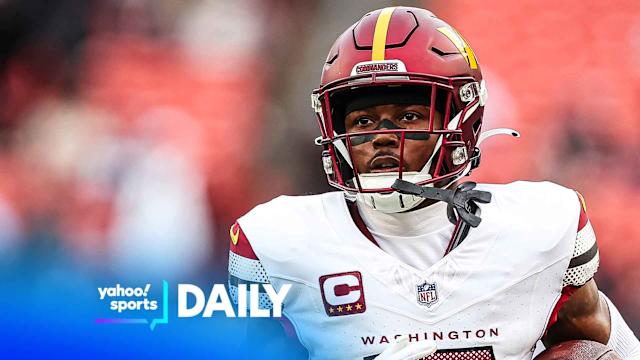
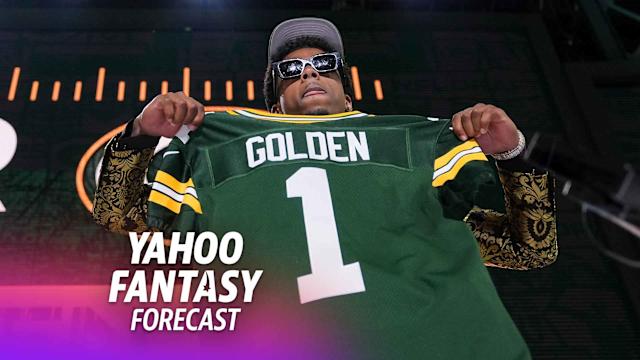
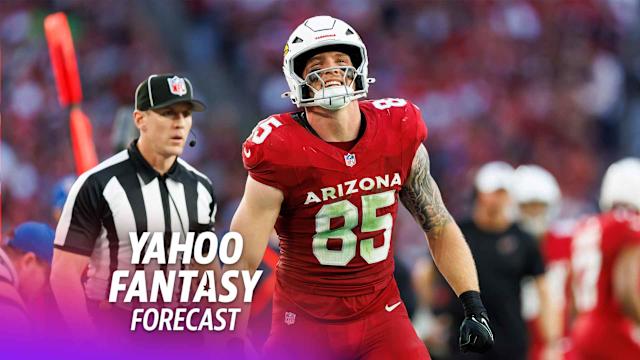


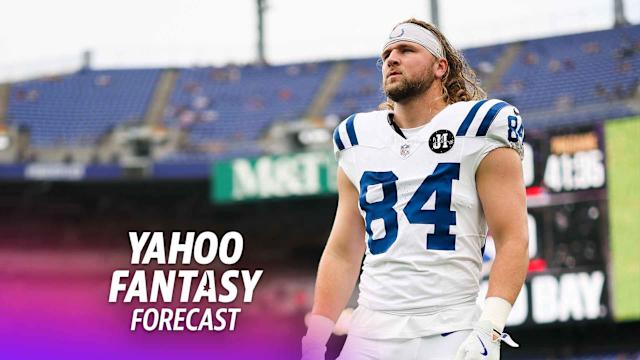
Comments